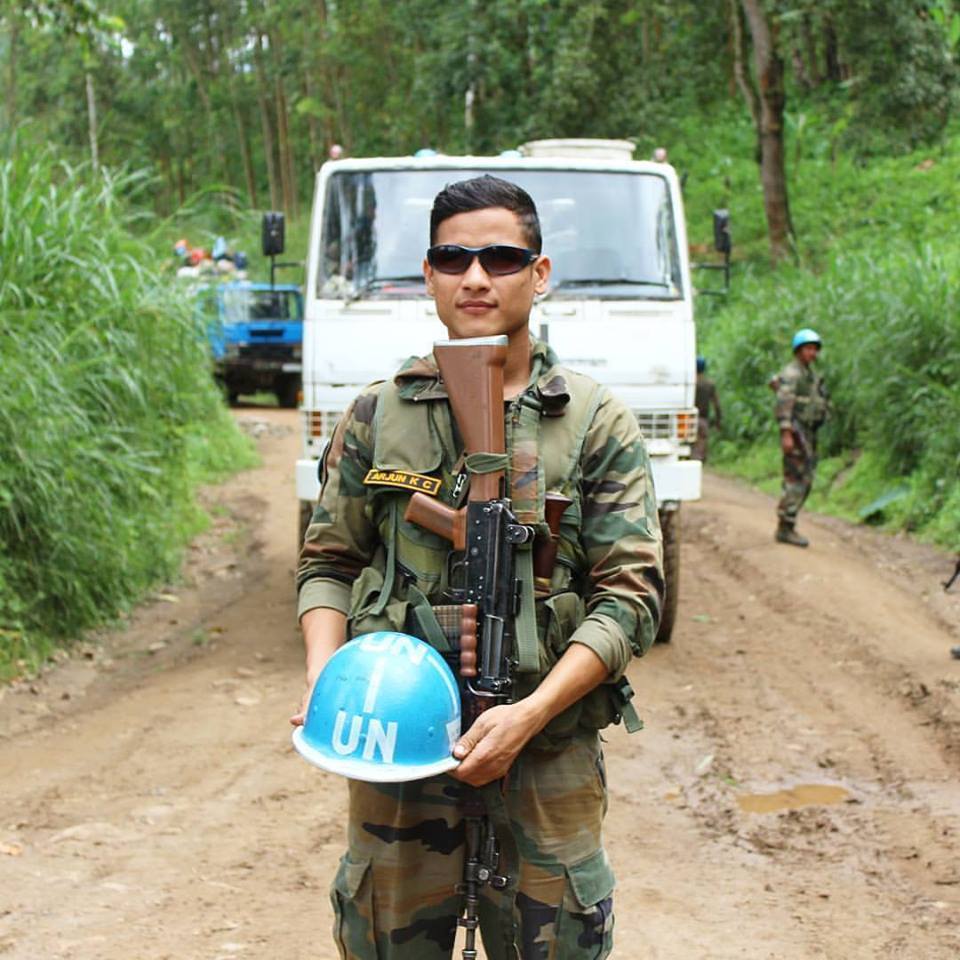Panel recommends reserve force to cut down army size
The possibility of cutting down the size of India’s 1.2-million strong army by creating a reserve force that can be called up during war; making the Special Forces (SF) a strategic resource; and setting up a new directorate to accelerate technology induction are among the key recommendations made by a government-appointed single-member panel on optimisation of the army, two top government officials said on condition of anonymity.
The single-member panel of former Northern Army Commander Lieutenant General DS Hooda (retd), under whose watch the 2016 surgical strikes were conducted, submitted its report to the National Security Advisory Board late November. Hooda’s report adds another dimension to the current reform efforts being steered by the army, serving to illustrate that the defence ministry is simultaneously taking an independent view on the optimisation of the force. Experimenting with the reserve system in one or two corps headquarters for a period of two years to evaluate its effectiveness in the Indian context is one of the defining aspects of Hooda’s report, said one of the officials cited above.
“One of the important points he (Hooda) has made is whether we need a 100% standing army (all personnel on active duty) or is it possible to have a reserve component like the Americans and Israelis do. He has proposed that a small component of combat and logistics units that only have a wartime role could be put in the reserve as an experiment,” the official, who is familiar with the report, added.
The adaptation of the reserve system, according to calculations in the Hooda report, could translate into a 20% cut in the manpower of select units assigned only wartime roles, he said. Hooda has not given absolute figures in his report. The reserve elements could come and train for up to three months in a year to stay war-ready, the report suggests.
Reserve liability exists in the army and retired soldiers can be recalled to serve for up to five years if required. Hooda, however, has made a case for applying the concept to standing units and serving soldiers for the first time.
“The proposal definitely appears worth trying out. But we have to see how the reserve model will affect our mobilisation and operational preparedness,” the second official said. “If the balloon goes up and we have to deploy in 48 hours, will these reservists come?…Will people be ok with three months’ salary in a year?. These issues need to be examined in depth,” he said.
The Hooda report also talks extensively about the role of the army’s elite SF units such as the ones that carried out targeted operations in Pakistan-occupied Kashmir in 2016. The report has suggested reviewing the role of India’s finest commandos and assigning them strategic tasks rather than burdening them with tactical roles as is the case currently, the second official said.
The army’s SF units are currently deployed extensively in Jammu and Kashmir and the Northeast where they are carrying out counter-terror operations on a regular basis — a task that should ideally be performed by regular soldiers, the report says. The second official said Hooda had suggested setting up an SF brigade with four crack commando units placed directly under the Army Headquarters for performing strategic tasks.
Hooda has also recommended creating a new three-star post to tap future technologies that have military applications to stay prepared for future wars, the second official said. In his report, Hooda talks about appointing a director general (future technologies) to look at military applications of robotics, artificial intelligence and other emerging technologies, he said.
According to both officials cited above, Hooda has proposed that the army constitute a committee under its vice chief to explore the possibility of implementing his recommendations and forward a comprehensive optimisation plan to the defence and finance ministries for allocation of funds over the next five years. The officials said NSAB members were examining Hooda’s report.
Another important point Hooda has made in his report is that optimisation of manpower may turn out to be futile if it is not accompanied by building the capability of units that are sought to be placed in the reserve system, the officials said. Hooda refused to comment on the contents of his report.
The Hooda panel’s report comes at a time when the biggest exercise in independent India’s history to restructure the army is underway.
His report, however, is independent of the four comprehensive studies being led by the army’s topmost generals to change the complexion and direction of the force and transform it into a deadlier fighting machine fully prepared for future wars.
In an interview with HT in October, army chief General Bipin Rawat said the implementation of the four studies in their totality would reduce troops (by about 100,000), allow the army to tap technological advances in warfare, create integrated brigades that can be mission-deployed swiftly, cut down the size of army headquarters, improve the army’s tooth-to-tail ratio and enhance career prospects.
Panel recommends reserve force to cut down army size




